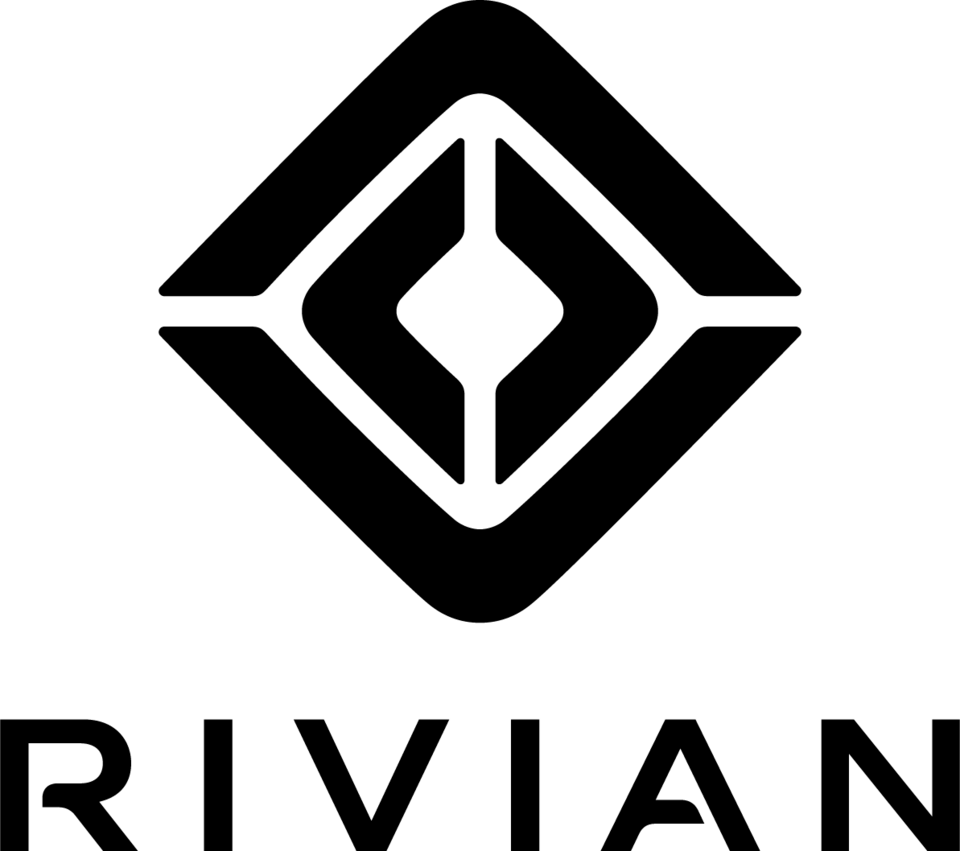Target costing as a success factor: How market-oriented cost management creates competitive advantages

In a dynamic competitive environment, it is no longer sufficient to calculate products solely on the basis of their manufacturing costs. Instead, the focus is shifting to target costing cost management - a strategic approach that consistently aligns product costs with market conditions and customer requirements. The aim is to create profitable products in the early development phase that also strengthen a company's competitiveness.
What is target costing?
Target costing (also known as target costing) starts with the sales price accepted by the market. The targeted profit margins are deducted from this - the result is the so-called target cost level. The product may only cost as much in development and production as the target price specifies in order to be economically successful.
Why is target costing so effective?
In contrast to traditional costing, target costing takes market realities into account from the outset. The integration of customer requirements, competitor analyses and price acceptance ensures that products are not only technically feasible, but also economically viable.
Companies that use target costing cost management benefit from:
- Cost transparency right from the early development phase
- Avoidance of expensive rework or redesigns
- Better decisions in product planning and design
- Greater customer focus and market acceptance
- Increasing the profit margin through early efficiency measures
Target costing in practice
Target costing is a proven tool, particularly in the automotive and electronics industries. Teams from development, purchasing, production and marketing work closely together to design a cost-efficient product that is precisely tailored to the market. This shortens innovation cycles and minimizes risks.
Competitive advantages through targeted cost management
Target costing Cost management is more than just a method - it is a way of thinking that helps companies to act in a market-oriented manner and remain profitable at the same time. Those who control costs at an early stage not only gain economic advantages, but can also react more quickly to market changes and achieve sustainable competitive advantages.







.svg)




































































